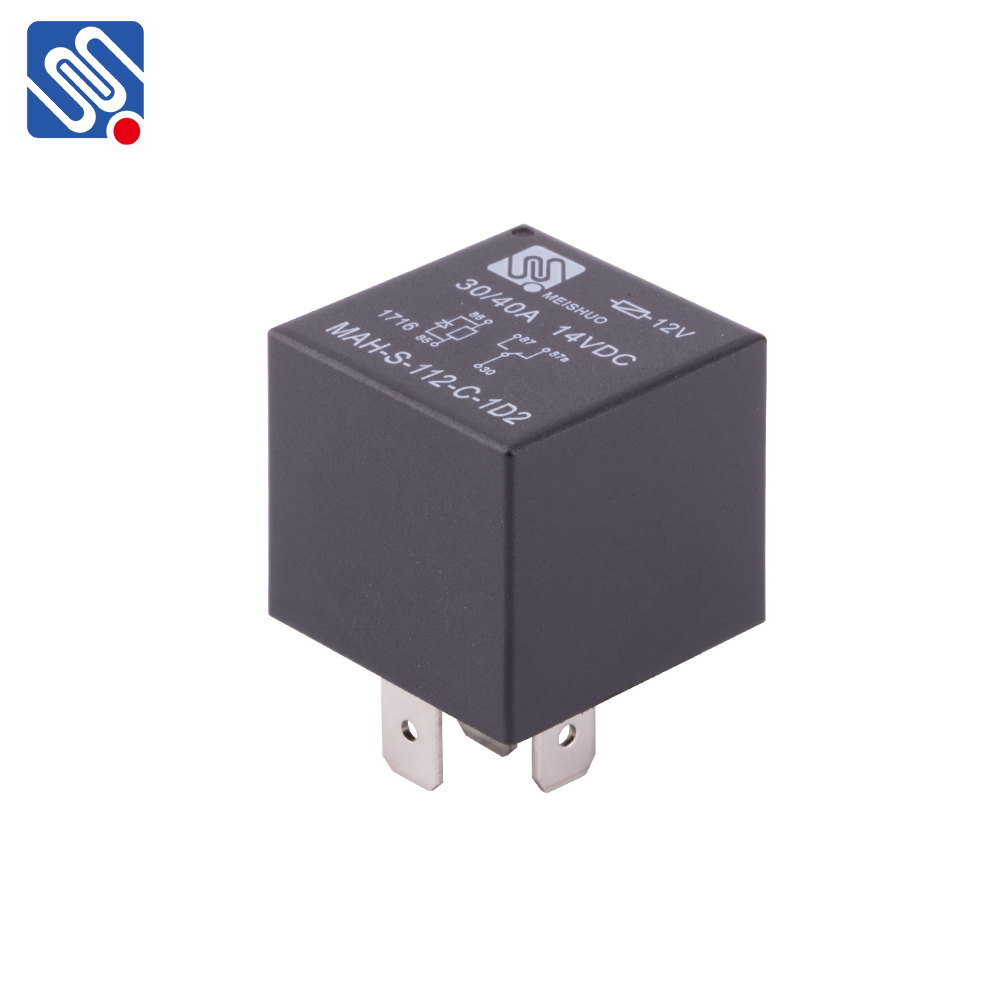Relays are fundamental components in electrical circuits, widely used for switching purposes in automation, control systems, and protection devices. Understanding the characteristics of relays is essential to ensure they perform optimally in various applications. This article will explore the critical relay characteristics, including contact configuration, coil voltage, switching capacity, and response time, among others, providing a comprehensive overview of how relays work and their importance in electrical systems.

Contact Configuration The contact configuration of a relay defines how the relay’s contacts behave when activated. Relays typically feature several configurations, the most common being Single-Pole, Single-Throw (SPST), Single-Pole, Double-Throw (SPDT), and Double-Pole, Double-Throw (DPDT).
SPST relays have a single contact that can either open or close, making them suitable for simple on/off operations. SPDT relays have one common contact and two possible output contacts, allowing for more versatile switching between circuits. DPDT relays have two separate circuits, each with its common contact, enabling them to switch multiple circuits simultaneously.